General Info – summary
This large, quick growing Tree is up to 30m high and may have deep roots. The trunk becomes rough and dark brown. The bipinnate Leaves have paired spinescent stipules and new leaves appear in winter. The small, zygomorphic, bisexual yellow Flowers are in creamy spikes. 5 white petals surround many stamens. The one pistil has a superior ovary. Fruit is a large nutritious pod with dark brown elliptic-lenticular seeds.
Description
Faidherbia albida
Previous names: Acacia albida, Acacia mossambicensis.
SA Tree No. 159.
Common names: (Afr) Anaboom, Apiesdoring, Bruin-apiesdoring, Wit-apiesdoring, Withoutdoring. (Eng) Albida, Ana Tree, White Monkey Thorn, White Thorn, Winter-thorn. (isiZulu) Umhlalankwazi (the tree where the fish eagle sits), Umkhaya-wemfula. (Northern Sotho) Mogabo, Mogohlo. (Setswana) Mogabo, Mogôhlô, Mogôkatau, Mokôsô. (Tshivenda) Muhoto. (Xitsonga) Nchochocho.
Family: Fabaceae, or Leguminosae (Pea, bean or legume family). After the Orchidaceae and the Asteraceae, the Fabaceae is the third largest Angiosperm (flowering plants) family with 700+ genera and close to 20 000 species. Local Tree genera on this website include Acacia (Vauchellia, Senegalia), Albizia, Bauhinia, Bolusanthus, Burkea, Calpurnia, Colophospermum, Cordyla, Cyclopia, Dichrostachys, Erythrina, Erythrophleum, Faidherbia, Indigofera, Mundulea, Peltophorum, Philenoptera, Piliostigma, Schotia and Xanthocercis. The Fabaceae are recognisable by their fruit and by their pinnately compound Leaves. Leaves may also be simple – even bilobed and usually have stipules – some of which may be spinescent. Leaflets are usually entire. Flowers are bisexual and bracteate. Regular flowers usually have 4-5 sepals and the same number of petals. Irregular flowers have 4-5 sepals and 5 or less petals. Stamens have anthers that have 2 pollen sacs and there are usually at least twice the number of stamens as petals – often 10. The superior Ovary has 1 locule containing 1 or more ovules. The Stigma and Style are simple. The single carpel develops into the Fruit, which is usually a pod. The fallen pods may break into segments. Seeds vary.
Name derivation: Faidherbia – named after Major Louis Leon Cesar Faidherbe, governor of Senegal (North-West Africa) 1854-1861. albida – white: referring to the whitish stem colour. This is the only species in the genus Faidherbia.
Conservation: National Status: L C. (Least Concern). Assessment Date: 2005 (W. Foden and L. Potter).
Tree
This giant, spreading Tree can grow taller (photo 546) than any “Acacia” (now divided into Senegalia and Vachellia) and may reach 25 and occasionally 30m in height – especially further to the north of SA. The spread of the rounded Crown (photo 867) is often twice the height. This tree has a drooping habit. The Trunk may be spindly and creamy but soon spreads and may reach a circumference of up to 5m. The lateral growth is uneven, and this makes the diameter of the tree difficult to gauge (photo 281). The Bark is light coloured, ashy or white on young branches where the thin branches zigzag between the nodes (photo 294 – under leaves). Older bark is greenish grey, and it may become rough and dark brown. The Twigs (1-year-old current branch segments) are greenish white and smooth (photo 294 under Leaves) and may be hairy. The deep penetrating Roots can penetrate deeply into the ground.
- 546. 2014/10/30. Pretoria NBG. Photo: David Becking.
- 867. 2014/09/15. Lowveld NBG. Photo: David Becking.
- 286. 2014/09/01. Mapungubwe NP. Photo: David Becking.
- 544. 2014/10/30. Pretoria NBG. Photo: David Becking.
- 281. 2014/09/01. Mapungubwe NP. Photo: David Becking.
- 886. 2014/09/15. Lowveld NBG. Photo: David Becking.
Leaves
This densely leafed tree has Leaves that tend to droop and are bipinnate (compound: twice pinnate. The central axis or Rachis has lateral pinnae “branches” not leaflets and the leaflets are on these side “branches” – photo 869). Leaf shedding takes place towards the end of summer (when seasonal flooding causes water logging and lack of oxygen) and new leaves appear during the drier early winter. The usually soft blue-green leaves may be a light green or grey and are up to 13cm long. Each leaf has up to 13 pairs of spaced apart Pinnae (side “branches” – photo 869) and 6 to 23 pairs of grey-green hairy Pinnules (leaflets) are situated on each pinna. Each pinnule is relatively large – up to 9 x 3mm. The leaflet Apex is slightly pointed to rounded and the Base is rounded (photo 294). Depending on the climate, these trees may be deciduous – more common in “cooler” South Africa). A single gland occurs at the junction of each of the pinnae pairs, but the hairy Petiole (leaf stalk) is glandless, up to 3,5cm long, with a slightly swollen base. Stipules (basal appendage of the petiole) are spinescent and these widely spaces apart, paired Spines (photo 873) are not hooked and have reddish-brown tips. These spines (page 873) are usually straight or slightly curved and up to 4cm long (usually shorter especially on older branches). The frequency of the spines decreases with the age of the tree.
- 868. 2014/09/15. Lowveld NBG. Photo: David Becking.
- 869. 2014/09/15. Lowveld NBG. Photo: David Becking.
- 294. 2014/09/01. Mapungubwe NP. Photo: David Becking.
- 873. 2016/10/11. Pretoria NBG. Photo: David Becking.
Flowers
It takes about 6 years for these trees to produce its attractive Flowers. This tree has a combination of flowers that develop close to the straightish Spines in elongated creamy Spikes (a spike is a simple indeterminate inflorescence with sessile flowers on a single unbranched axis opening in succession towards the apex). Each spike is from 4 to 16cm long. The bisexual flowers are yellowish-white to pale green and zygomorphic (irregular flower with the corolla divisible into 2 equal halves in one plane only). The very small Calyx is campanulate (bell-shaped) and has 4-5 sepal lobes. The Corolla has 5 almost free petals that may be a light pink inside. Here the lobes are divided almost to the base. The many Stamens are joined into a short tube at the base. The Anthers lack glands. There is a single Pistil (a unit of the Gynoecium, the female element of the flower, composed of the Ovary, Style and Stigma) and the hairy, superior Ovary has a short stalk covered with long soft hairs. Insects – including wasps, bees and butterflies, pollinate the scented flowers. (Mar-Sep extending to Nov).
Fruit
The large, indehiscent, curled or sickle-shaped (photo 285); flat Fruit is a hairless Pod (a dry, usually dehiscent fruit) up to 17 x 4cm. These very twisted or almost circular pods change from green (photo 287) to rich red or orange-brown (photo 285) when mature. Each pod contains 10-29 shiny Seeds that are light to dark brown and elliptic-lenticular (lens shaped; being biconvex). A large tree can produce 1 ton of pods a year. (Aug-Dec)/(Sep-Oct).
- 287 2014.09.01 Mapungubwe NBG. Photo: David Becking.
- 285 2014.09.01 Mapungubwe NP. Photo: David Becking.
Distribution & Ecology
This Tree is widely distributed in the warmer tropical and subtropical parts of Africa – especially where the water table is relatively high. It grows in bushveld (is a sub-tropical woodland ecoregion of southern Africa), alluvial plains, around swamps, in woodlands, pans (pan – a natural basin or depression in land), on riverbanks – even in pure sand. The altitude range is from about 300 to 2 500m – usually less. The roots survive the fact that the soils may shrink and swell with changes in moisture content. The tree can survive waterlogging and some salinity during the rainy seasons. Here leaf loss may be due to the waterlogged roots lacking oxygen. This Ana Tree occurs in Maputaland (Northern KwaZulu-Natal between Eswatini (Swaziland) and the coast and may include southern Mozambique, Limpopo, Mpumalanga, N & NE Botswana, the Caprivi Strip in Namibia and northwards into tropical Africa. It has been reported in Syria, Israel and Cyprus. Pods are highly nutritious and grazed by elephants, giraffe, kudu, nyala, impala, buffalo and baboons. These animals are responsible for seed dispersal. This is one of the fastest growing of our indigenous trees and, in good conditions, can grow more than 2m per year. Once established, they can survive mild frost. The Brown Playboy (Deudorix antalus) is an example of a butterfly whose larvae feed on this fruit and many others including Schotia afra. These butterflies occur along the west, southern and eastern vegetation areas as well internally in Limpopo and Mpumalanga. They are on the wing year-round but especially Sep-Oct.
Ethnobotany
The Pods have a fairly high protein content, and a large tree can produce about 1 000kg of pods per year. Stock consume the pods. This is a good fodder tree. In Zimbabwe, parts of the tree are used to stun fish. After the testa (seed coat) is removed by boiling (it is waterproof tough and leathery), the remains of the Seeds can be eaten. Although not so strong, the Bark has been used for hut building in the Namib desert. Strips of bark are used to clean teeth. The Wood is white, coarse-grained, of a relatively low density and is used for making water-troughs and for firewood. It needs to be soaked for many months to help prevent insect attack. This late flowering plant is an important bee tree. The tree Roots fix atmospheric nitrogen through a symbiotic relationship with fungi and this mutualistic relationship benefiting not only the tree and the fungus but eventually the surrounding vegetation. The Gum, Leaves and Pods are used in local medicine. In Namibia, local people use the bark to build huts. Here the pods form an important part of their diet. In times of need the pods and boiled seeds may be eaten. Seeds grow well and quite rapidly after being left overnight in hot water.
References
Boon, R. 2010. Pooley’s Trees of eastern South Africa. Flora and Fauna Publications Trust, Durban.
Burrows, J.E., Burrows, S.M., Lotter, M.C. & Schmidt, E. 2018. Trees and Shrubs Mozambique. Publishing Print Matters (Pty) Ltd. Noordhoek, Cape Town.
Bryant, C. Lombo, B. 2004. Trees of CC Africa, Double Story Books, Cape Town.
Foden, W. & Potter, L. 2005. Faidherbia albida (Delile) A.Chev. National Assessment: Red List of South African Plants version 2020.1. Accessed on 2023/05/26.
Coates Palgrave, M. 2002. Keith Coates Palgrave Trees of Southern Africa, edn 3. Struik, Cape Town.
Lawrence, G. H. M, 1951. Taxonomy of Vascular Plants, The Macmillan Company, New York. Tenth Printing 1965.
Palmer, E. & Pitman, N. 1972. Trees of southern Africa, Balkema, Amsterdam, Cape Town.
Schmidt, S. Lotter, M. & McCleland, W. 2002. Trees and Shrubs of Mpumalanga and the Kruger National Park.
van Wyk, B. & van Wyk, P. 1997 Field guide to Trees of Southern Africa, Struik, Cape Town.
http://www.worldagroforestry.org/treedb/AFTPDFS/Faidherbia_albida.PDF
http://www.plantzafrica.com/plantefg/faidalb.htm
https://en.wikipedia.org/wiki/Faidherbia
http://www.botany.hawaii.edu/faculty/carr/mimos.htm
http://posa.sanbi.org/flora/browse.php?src=SP
https://www.jstor.org/stable/523854?seq=1#page_scan_tab_contents

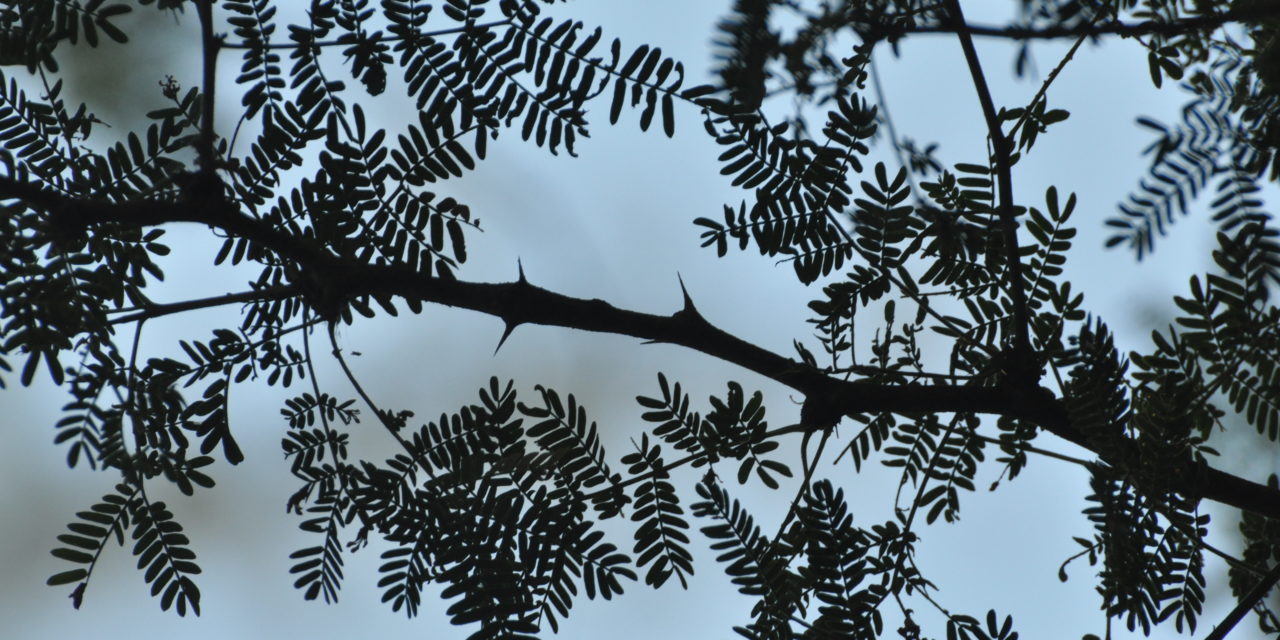
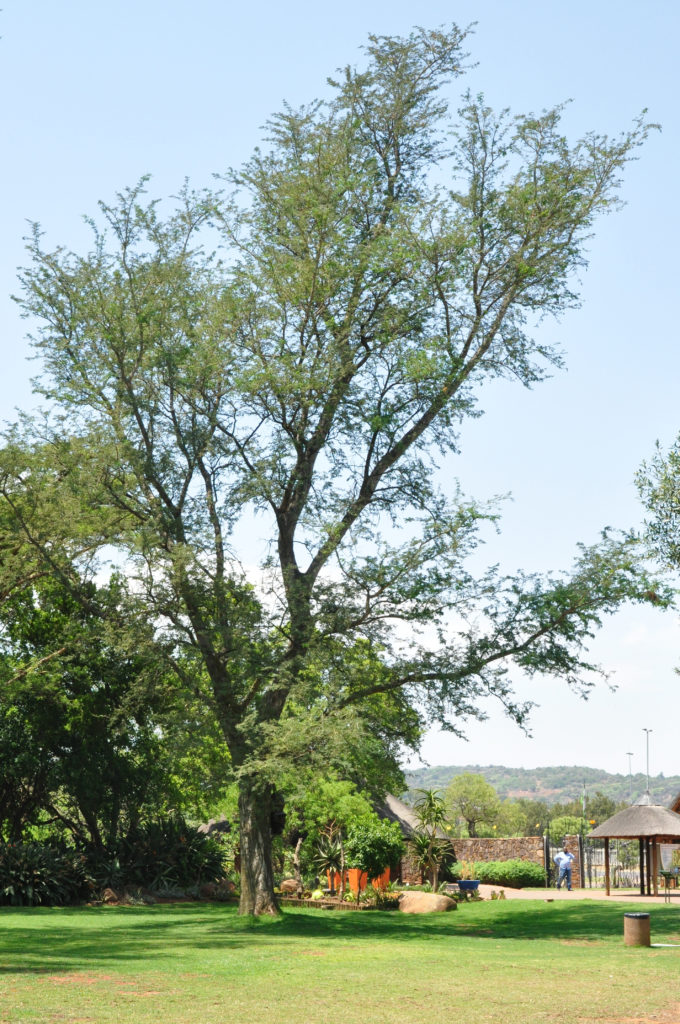
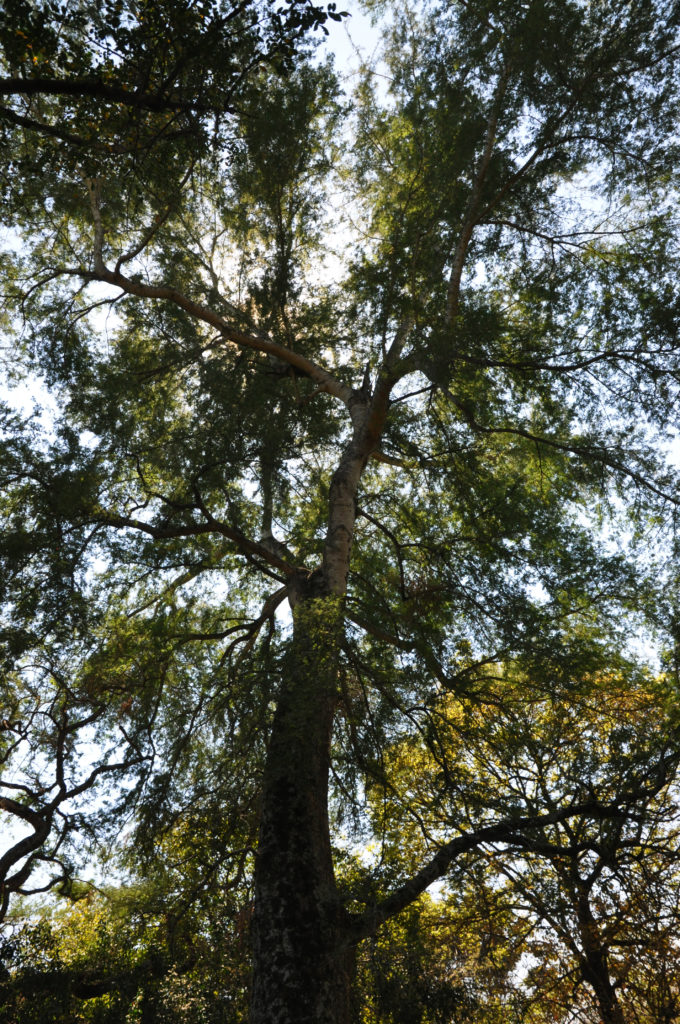
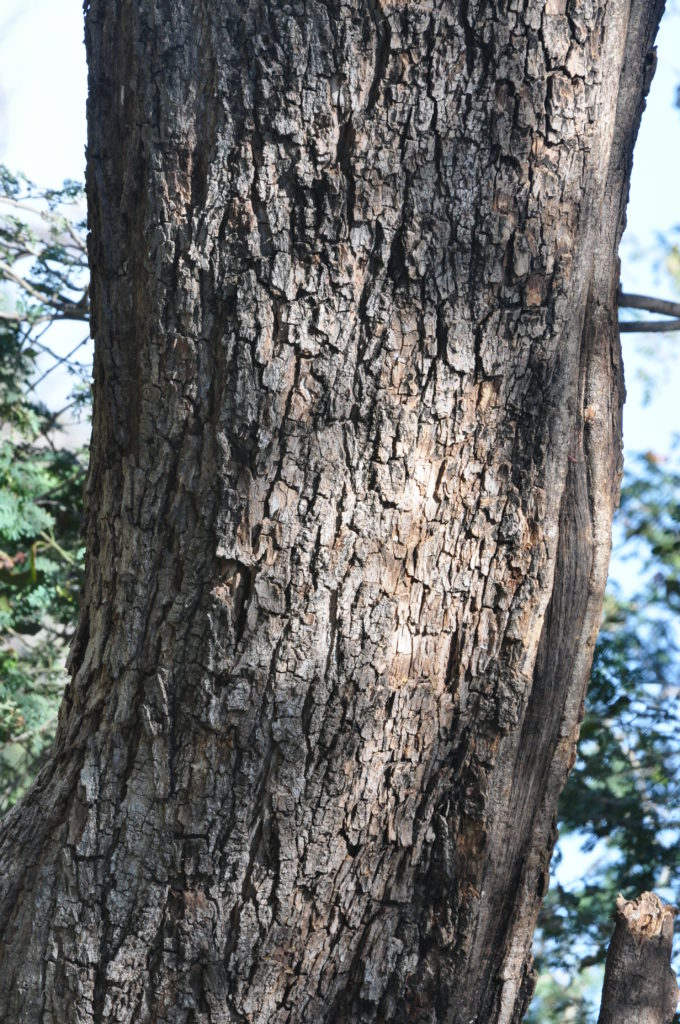
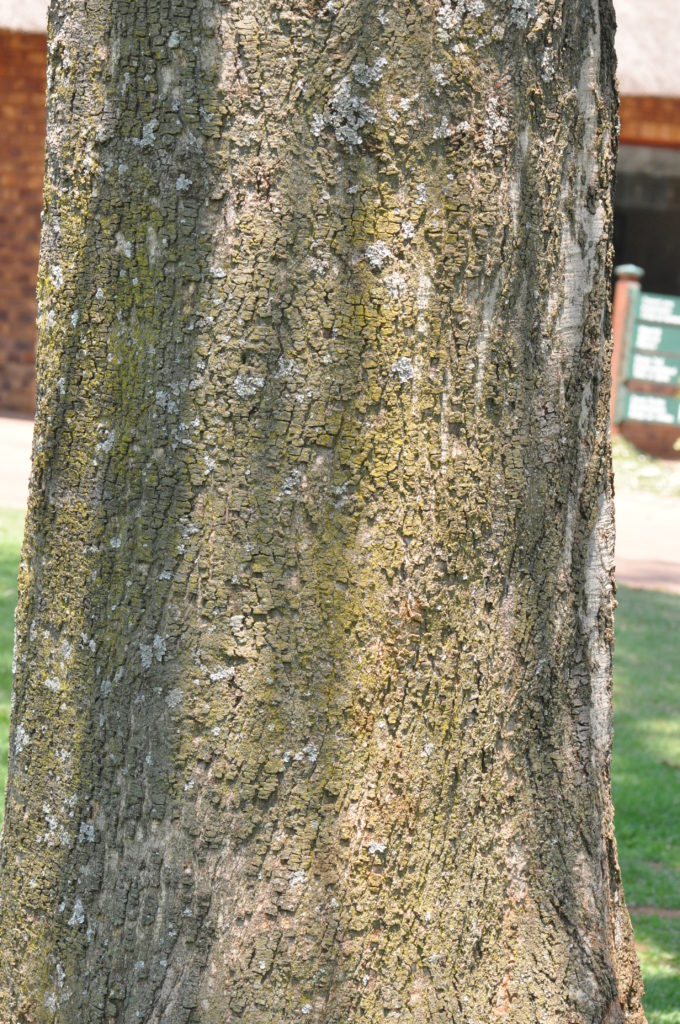
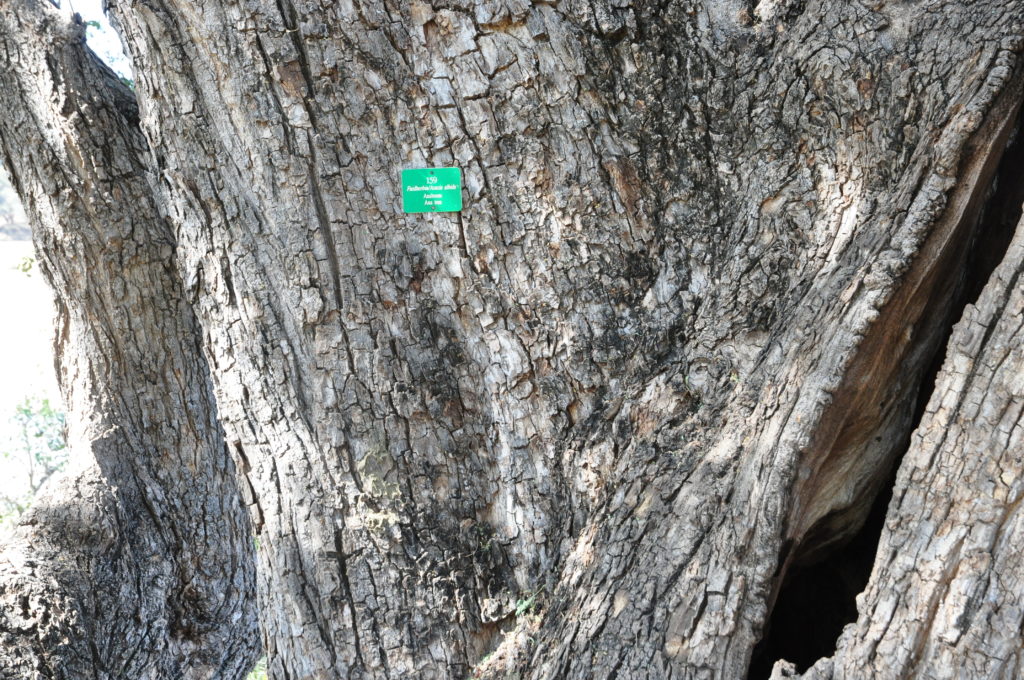
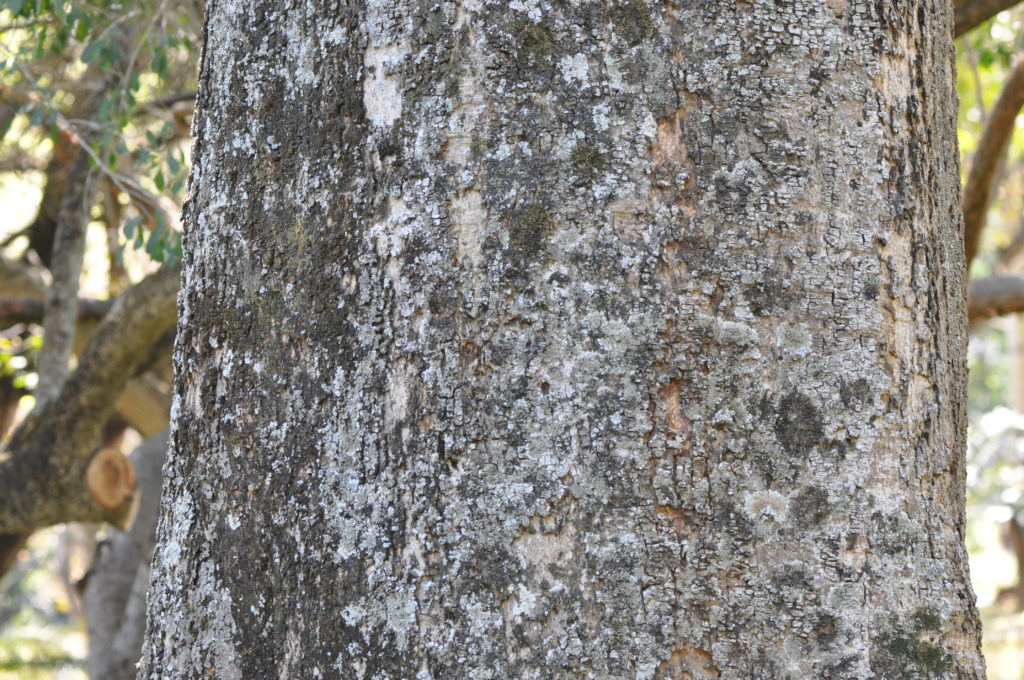
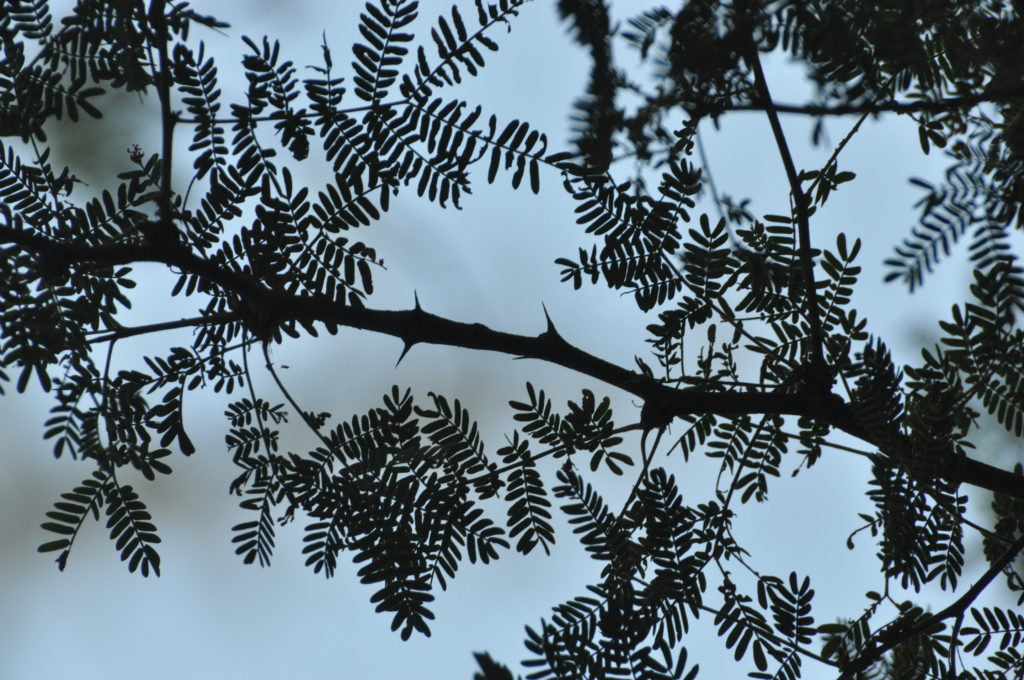
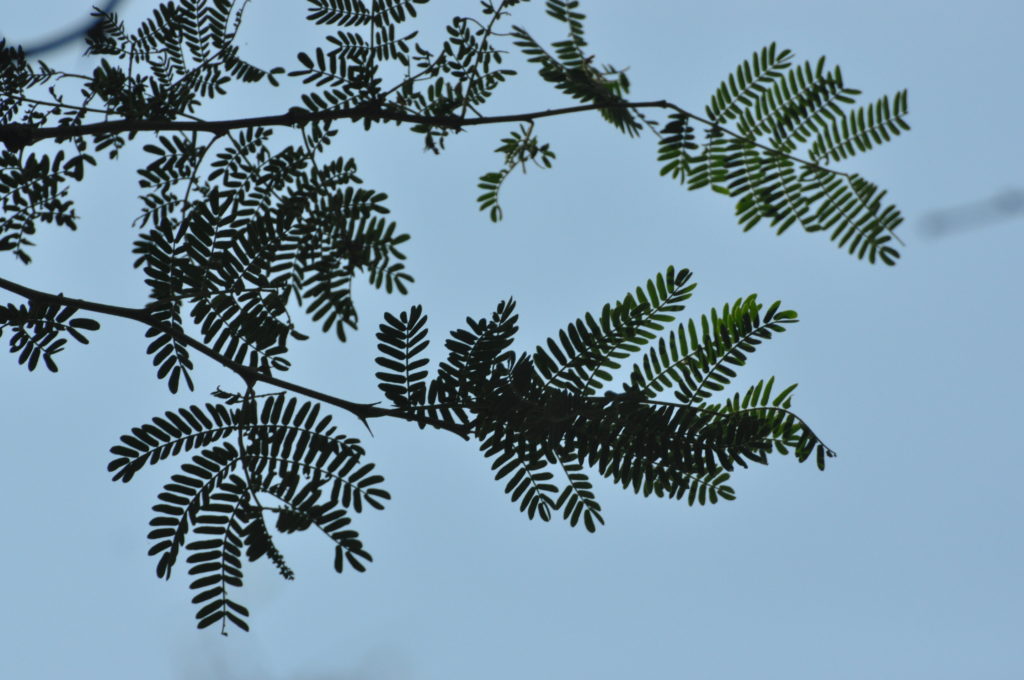
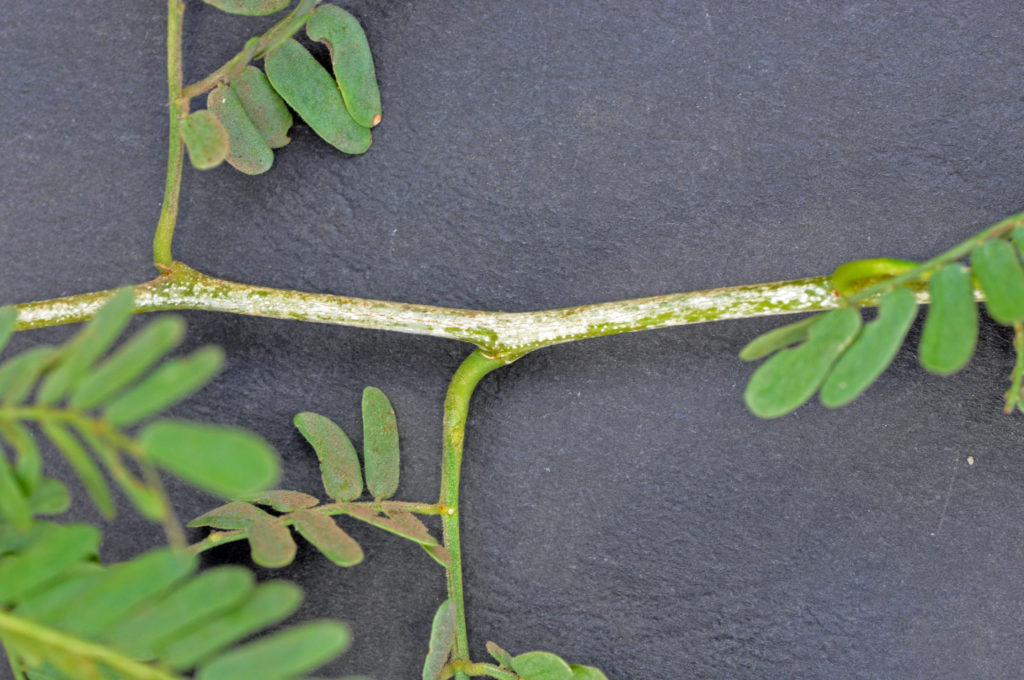
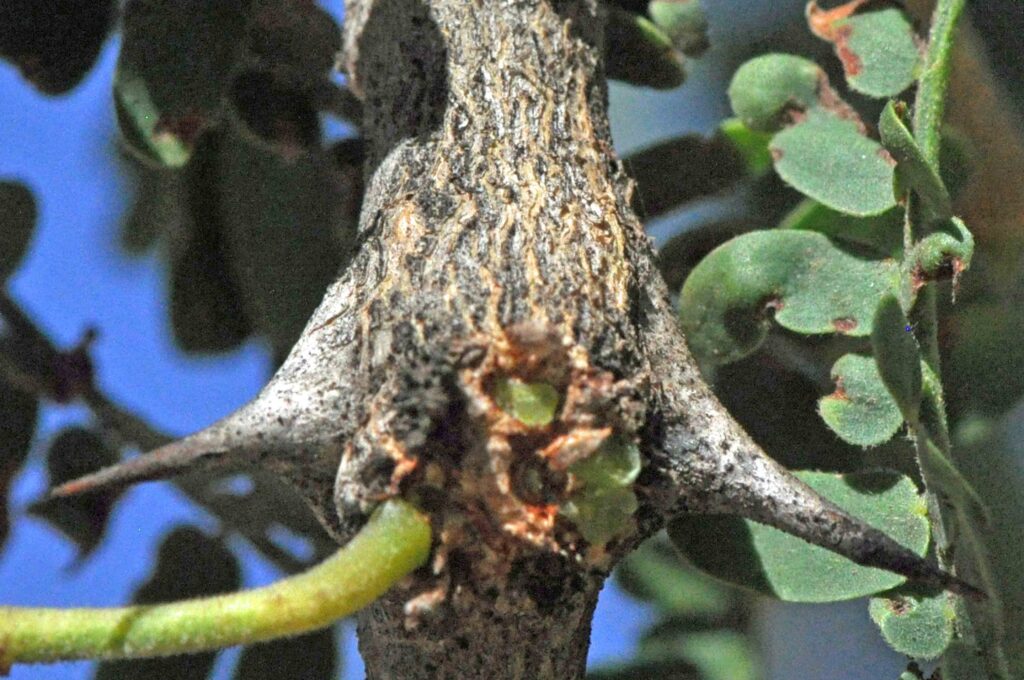
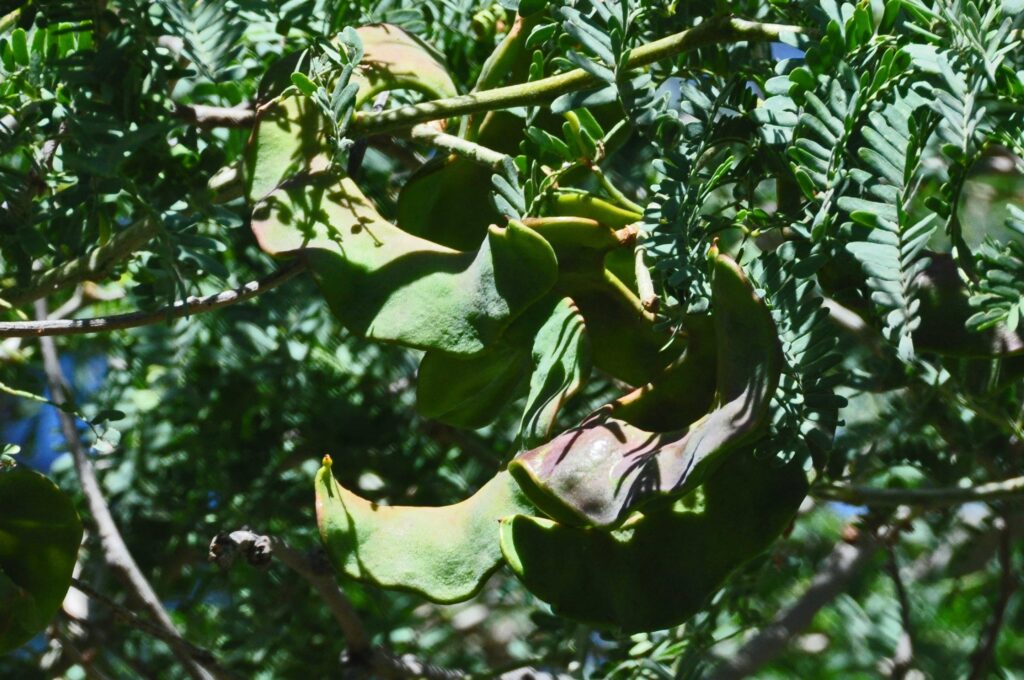
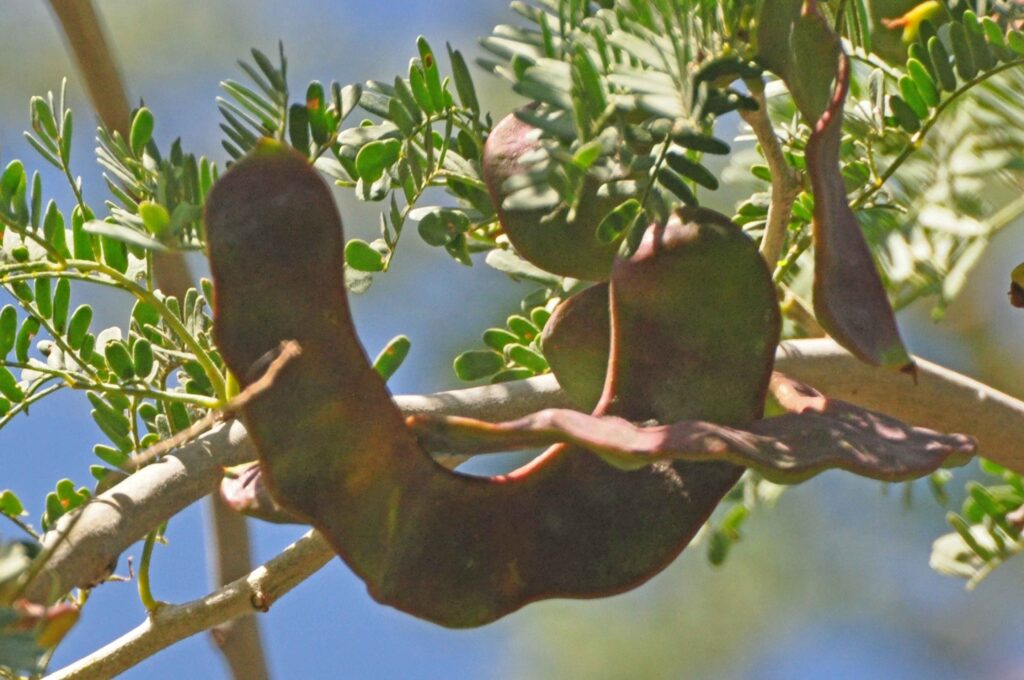
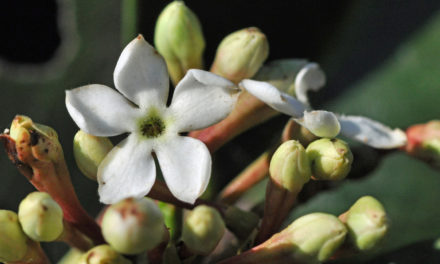

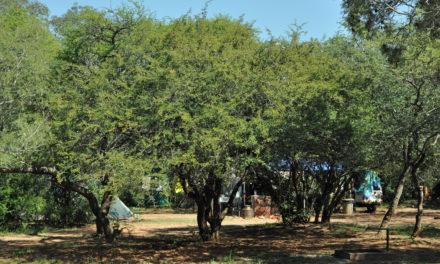
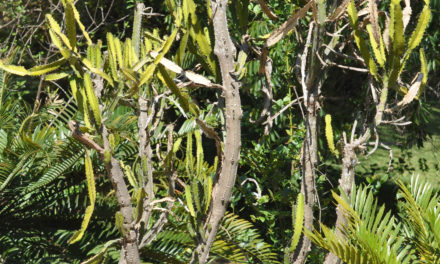
Most impressive tree. First saw it in Lowveld National Botanical Gardens, then in Mapungubwe.
Take care